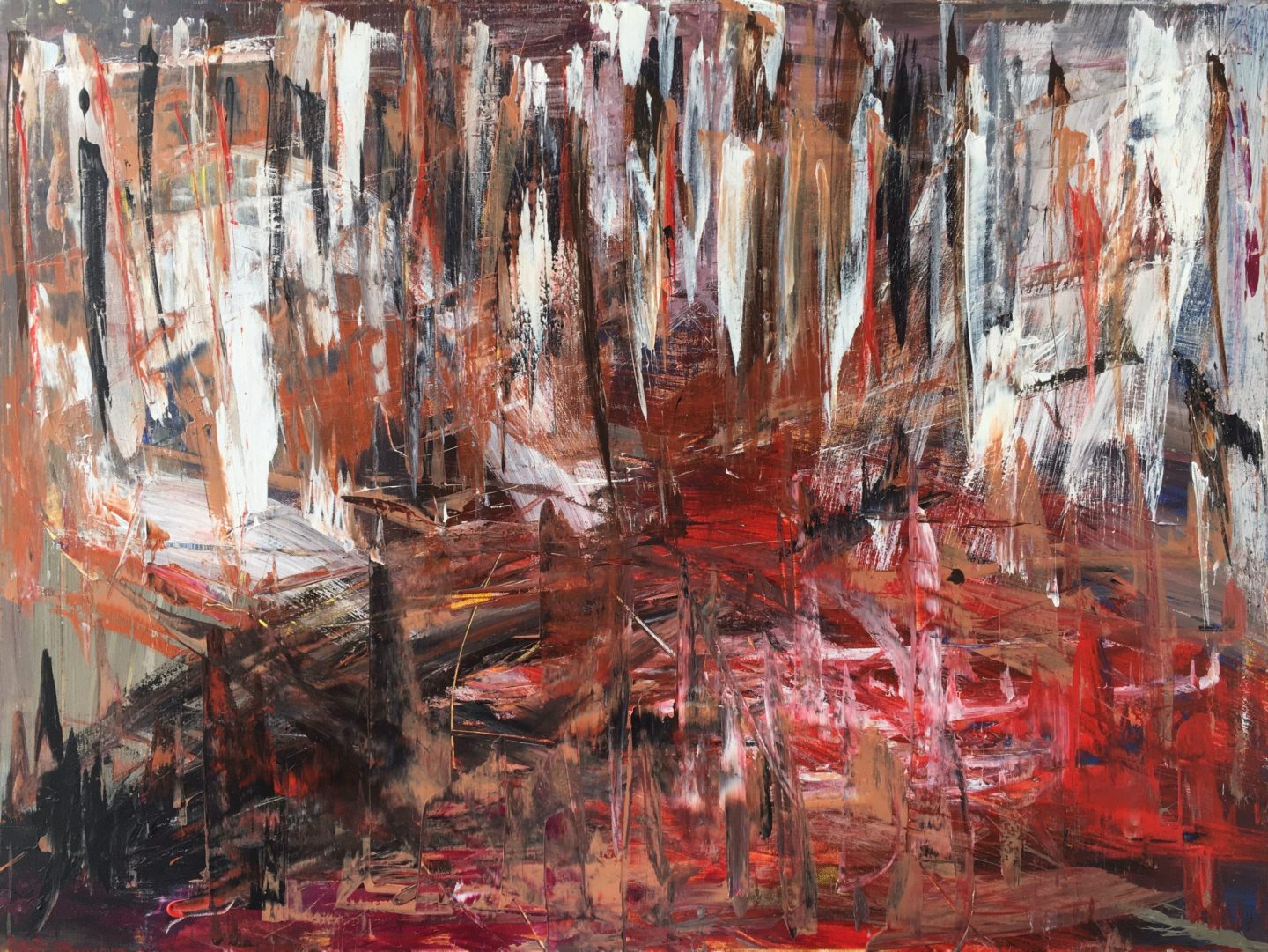
She immediately surrenders to the ‘cannot’; before her mind, her soul, her eyes realises and accepts the ‘can’.
Abstract art shouldn’t intimidate you. It should open your mind and your heart, and make you feel any kind of emotion; whether that’s happiness, sadness, bewilderment, curiosity, queasiness, euphoria, anger, and the list goes on.
Unlike realism and impressionism or any other art where the subject is obvious, abstract art is subjective. It can be anything you see, and anything you feel.
What one person sees in the same painting, you might see something completely different. You may even see something different in one piece each time you look at it as it hangs on your wall over time. Forever playing with your mind.
And that’s the beauty of abstract art. And it’s the reason why you shouldn’t be intimidated when looking at, or thinking of investing in abstract art.
The joy and satisfaction I get from painting is like nothing I’ve experienced in the last 20 years of corporate life.
And the pride and excitement I feel when talking about one of my pieces and seeing people “get it” in their own way, is even more satisfying to me.
I love having people come to my place, discussing a certain piece that grabs their attention, and encouraging them on a journey to understand it. To guide them towards opening their eyes, their heart, and helping to let their mind run free without any thought of constraint.
A friend was visiting me for a post-holiday catch up last year and upon her arrival, walking through my apartment and merely glimpsing at my work, I could sense her reservedness in wanting to explore it further.
During our lively chat on the balcony, I noticed she kept peering inside at a particular painting on the wall. It was my abstract piece titled Heaven & Hell: A Rotating Conundrum. I suggested we take a closer look, and she was quite hesitant, saying: “Oh it doesn’t matter, I don’t know anything about art.”
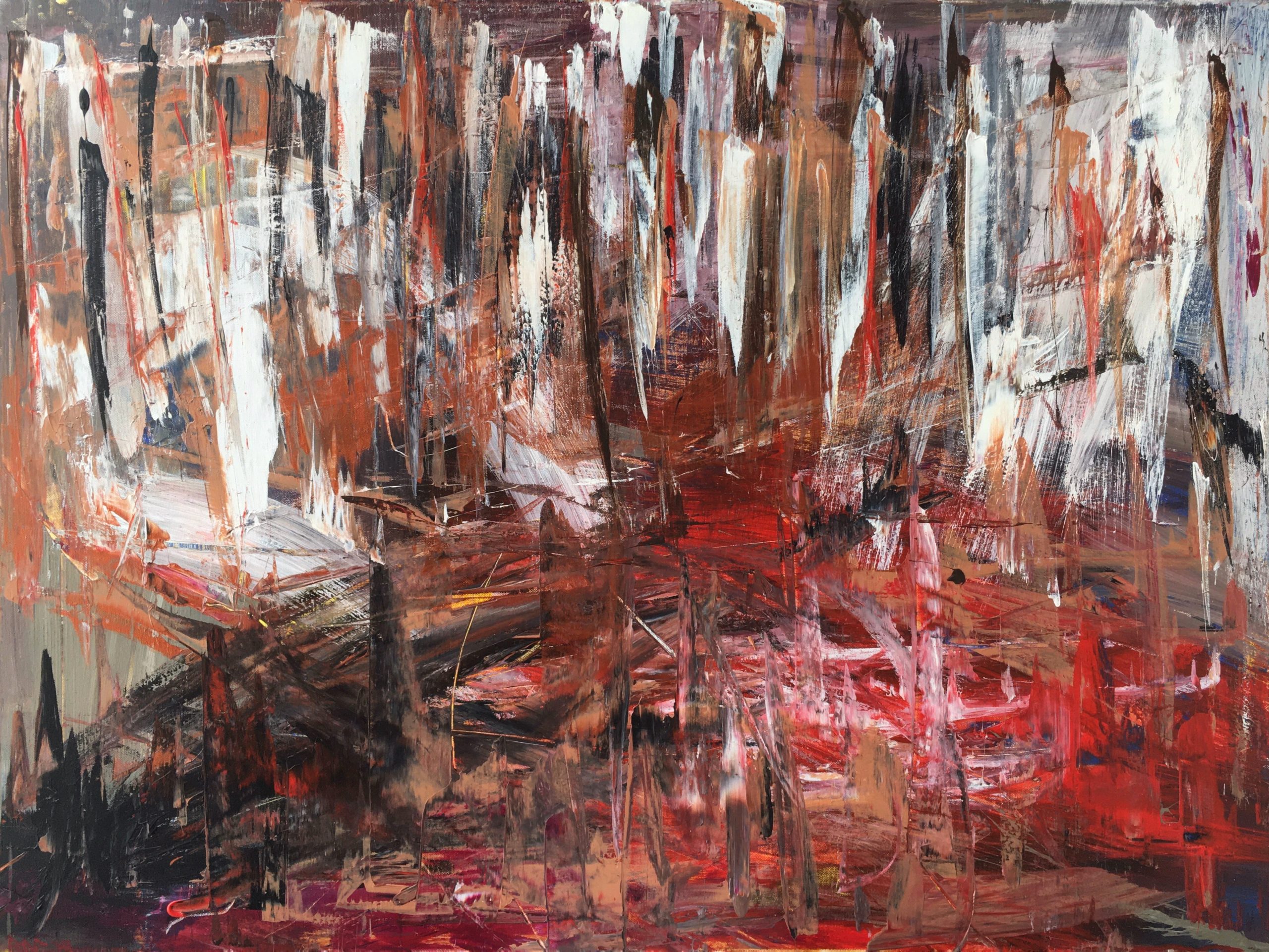
After consoling her a few times that you don’t need any formal education or qualification to understand abstract art, we finally found ourselves standing in front of that very painting.
“What do you see?” I would ask.
“Oh I can’t, I don’t know anything about art,” she would reply every time I asked.
“You don’t need to know anything about art,” I was getting into my zone. “Abstract is subjective. You may see something entirely different to me. Just let your mind open up, and think about what you see. There are no wrong answers when it comes to abstract.”
She started to open up. “I like the colour combination of the reds, browns, white and black.”
“That’s great, your starting to feel it,” I would encourage. “How does it make you feel?”
“It kind of makes me feel sad, but I like it still.”
“Is there anything you see in it?” I was making progress, and she was loosening up.
“It looks like I’m in the inside of a mouth, looking out. Like a dragon’s mouth, and those sharp strokes on the top and bottom are the teeth.”
“Bang! There you go, you’re getting it. You’ve just understood a piece of abstract art.”
And that’s what I enjoy about painting abstract. I can help take someone who is scared to enjoy it because they feel that they need some sort of formal understanding of the art world, and encourage them to forget society’s stereotyping of pompous, sophisticated art critics, and get people to look deeper, not be afraid to realise their ideas and imagination of what they’re seeing in front of them. To “solve the mystery” and enjoy what’s splattered onto that canvas.
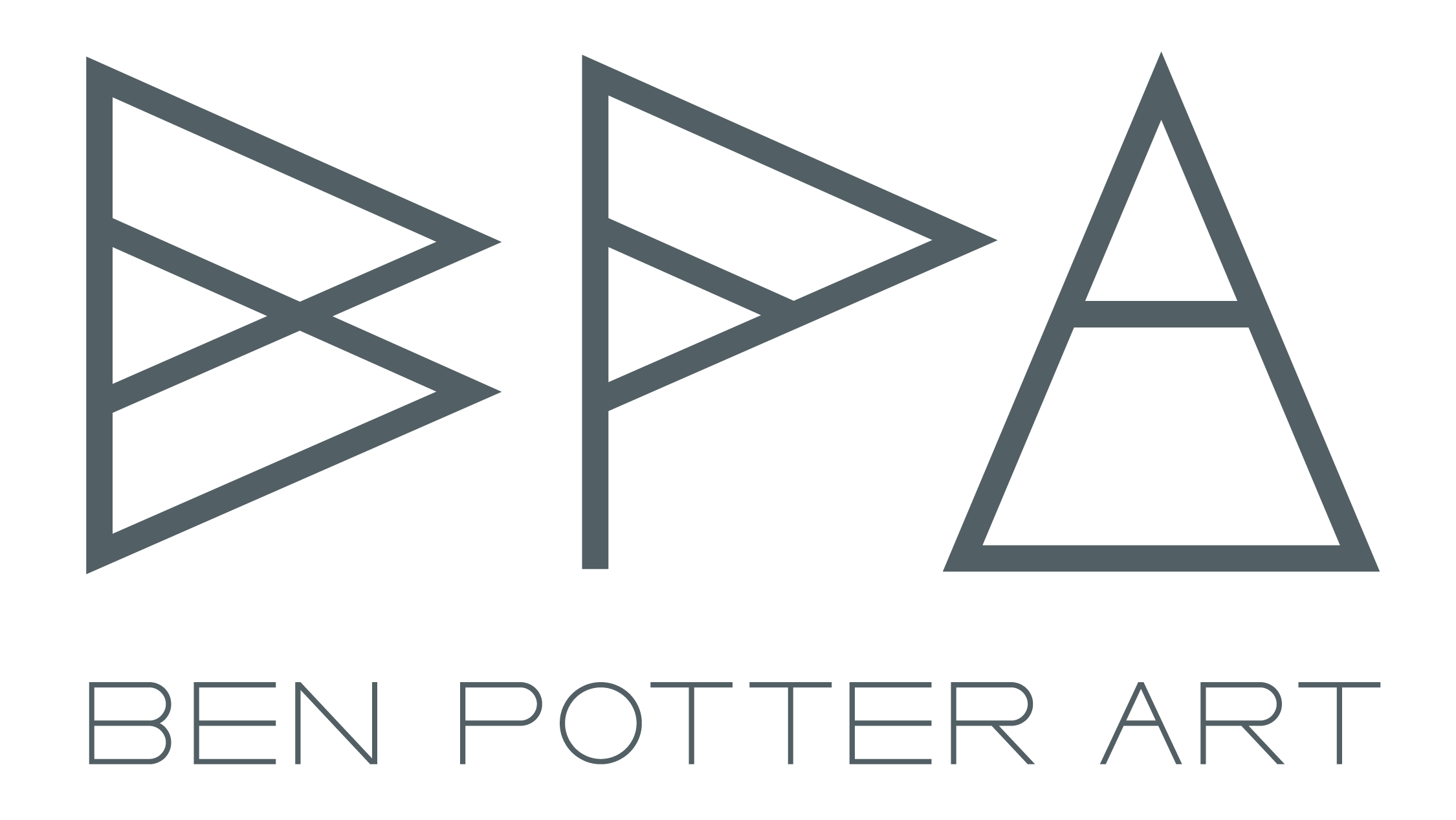

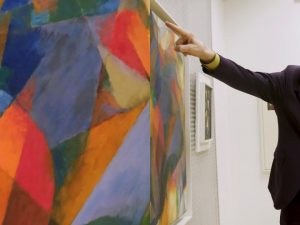

 Mika Hakkinen Style White Glossy Mug: 11oz
Mika Hakkinen Style White Glossy Mug: 11oz 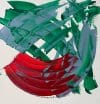 Untitled: Start of a New Series
Untitled: Start of a New Series  Into the Forest of Fascination
Into the Forest of Fascination  Niki Lauda Style White Glossy Mug: 11oz
Niki Lauda Style White Glossy Mug: 11oz  James Hunt Style Premium Face Mask
James Hunt Style Premium Face Mask